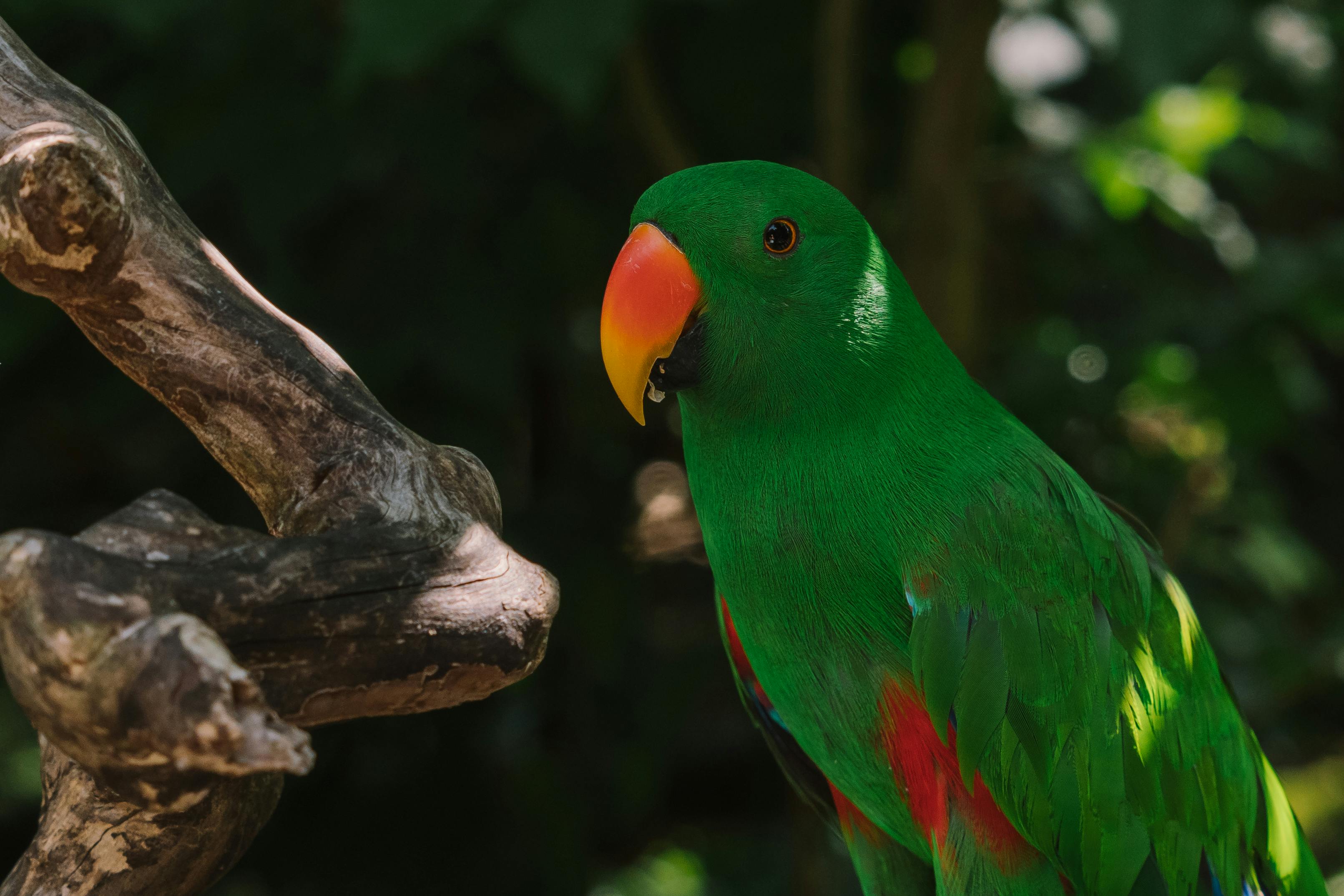Effective Ways to Care for Female Dwarf Gourami in 2025
The female dwarf gourami is a stunning addition to any freshwater aquarium, cherished for its vibrant colors and peaceful temperament. Caring for this fascinating fish requires a good understanding of its environment, diet, and behaviors. With their growing popularity in the fishkeeping community, it becomes essential to master the effective ways of keeping these creatures happy and healthy. This article covers important aspects such as the ideal tank setup, feeding guidelines, behavioral traits, breeding habits, and common health issues to look out for.
As you navigate through this guide, you will discover essential care tips and best practices to ensure your female dwarf gourami flourishes in your aquarium. Whether you're a beginner or a seasoned aquarist, this comprehensive overview will enhance your knowledge of dwarf gourami care. By understanding their requirements and behaviors, you'll create a thriving aquatic environment for your fish companions.
Key takeaways from this article include insights into dwarf gourami habitat preferences, feeding frequency, compatibility with other species, and signs of healthy or stressed fish. Let's dive deeper into the captivating world of female dwarf gourami care.
Creating the Perfect Dwarf Gourami Habitat
Building the right habitat for your female dwarf gourami is crucial to its health and well-being. A well-planned tank setup can mimic their natural environment, promoting natural behaviors and reducing stress. The ideal habitat includes specific parameters regarding water conditions, tank size, and filtering systems.
Understanding Dwarf Gourami Water Conditions
Female dwarf gouramis thrive in stable water conditions. The water temperature should range between 24°C to 28°C (75°F to 82°F) with a pH level of 6.0 to 8.0. Regular water changes and constant monitoring of water quality are important to prevent diseases and maintain a healthy environment.
Utilizing a high-quality aquarium filter can help maintain these conditions. A gentle filter is recommended as dwarf gouramis prefer calm waters. Additionally, ensure that the tank is covered as they are known to jump when startled.
Optimal Tank Size for Dwarf Gourami
The size of your aquarium is another critical aspect to consider. A minimum of 10 gallons is advisable for keeping female dwarf gouramis. This allows enough space to accommodate their playful nature while also providing a comfortable living space. A larger tank will help reduce aggression and water quality fluctuations, creating a safer environment.
Dwarf Gourami Tank Landscape
Decorating the tank with aquatic plants and hiding spots is essential. Dwarf gouramis naturally inhabit lush vegetation in the wild. Adding floating plants and dense foliage creates a sense of security, allowing them to explore without stress. Popular choices for tank plants include Java Fern and Anubias, which also contribute to water quality by providing oxygenation.
Feeding Your Dwarf Gourami: Diet and Habits
To ensure your female dwarf gourami remains healthy, a balanced diet is necessary. While they are omnivorous, having a mix of protein and plant-based foods is vital. Quality flakes and pellets designed for tropical fish should form the basis of their diet, supplemented with live or frozen food for additional nutrients.
Dwarf Gourami Feeding Frequency
Establishing a proper feeding schedule aids in maintaining their health. Feeding them small portions 1-2 times a day is ideal. Be cautious not to overfeed, as this can lead to health issues. Monitor their eating habits to find a routine that fits your specific fish.
Best Food for Dwarf Gourami
When choosing food for your female dwarf gourami, look for high-quality options that cater to their dietary needs. Look for foods rich in protein like brine shrimp, daphnia, or bloodworms. Pellets should be sinking types as dwarf gouramis often prefer feeding at mid-water or at the bottom. Additionally, incorporating vegetable-based foods such as spirulina or blanched vegetables can support their overall diet.
Dwarf Gourami Feeding Fry
If you decide to breed dwarf gouramis, providing proper nourishment to the fry is critical. Newly hatched fry require incredibly small food particles. Using infusoria or finely crushed flake food can ensure they receive proper nutrition during their early growth stages, promoting healthy development.

Behavioral Traits of Dwarf Gourami
Understanding dwarf gourami behavior is essential for creating a harmonious aquarium environment. Their temperament, social interactions, and aggression levels can affect community tank dynamics significantly.
Dwarf Gourami Temperament
Female dwarf gouramis are generally peaceful and can coexist with other calm species. They are less aggressive compared to males, but it's still important to avoid keeping them with overly aggressive fish that may stress them out.
Dwarf Gourami Interaction with Other Fish
When selecting tank mates, focus on community-friendly species that share similar water requirements. Fish like neon tetras, guppies, and rasboras make suitable companions. It’s essential to keep an eye on interactions, as even non-aggressive fish can exhibit territorial behavior in confined spaces.
Signs of Unhappy Dwarf Gourami
Monitoring your dwarf gourami for signs of stress or unhappiness is crucial. Indicators include hiding frequently, not eating, or displaying faded colors. Aggression from tank mates can also cause stress. If you notice these signs, consider adjusting their environment or re-evaluating their tank mates to ensure well-being.
Breeding Dwarf Gourami: Techniques and Tips
Successful breeding of female dwarf gouramis requires specific conditions and careful observation of their behavior. Understanding their reproductive habits can lead to a thriving fry population.
Dwarf Gourami Breeding Habits
Female dwarf gouramis typically become receptive to breeding when they are in optimal health and have access to suitable mates. They are bubble nest builders, and it’s essential to provide them with a breeding tank that has a gentle filter and plenty of hiding spots. Simulating their natural conditions can encourage breeding behavior.
Dwarf Gourami Mating Behavior
During the mating process, males engage in elaborate courtship behaviors, showcasing their vibrant colors. Observing these behaviors can be a delightful experience. Post-mating, females will lay eggs, which the male will guard until they hatch, making it crucial to ensure minimal disturbances during this period.
Raising Dwarf Gourami Fry
Once the eggs hatch, the fry are vulnerable and require intensive care. Maintaining optimal water conditions and providing adequate food will support their growth. Frequent monitoring of water quality is vital, as young fry are susceptible to changes and diseases.

Common Dwarf Gourami Health Issues
Keeping your female dwarf gourami healthy involves recognizing potential health issues and taking preventative measures. Familiarity with common complaints allows you to act swiftly, preventing serious consequences.
Dwarf Gourami Diseases
Be on the lookout for diseases like ich, fin rot, or velvet disease, which can cause significant distress. Regular health checks confer a better understanding of their condition, allowing for timely interventions. Adding salt to your aquarium can sometimes alleviate certain ailments, but always seek expert advice for treatment.
Signs of Healthy Dwarf Gourami
Healthy dwarf gouramis exhibit vibrant colors and active swimming. Ensure their fins are intact and they respond well to stimuli. Loss of color or lethargy may signal the onset of illness and should provoke immediate action.
Dwarf Gourami Health Tips
Maintaining a stress-free environment through proper care is key. Focus on water quality, regular tank maintenance, and a balanced diet. Ensure your fish are well-adjusted, and monitor behavioral changes closely. These practices will contribute to a longer lifespan for your female dwarf gourami.
Conclusion
Caring for female dwarf gourami requires a commitment to understanding their needs and ensuring their environment is suitable. Through attentive care regarding habitat, diet, and social interactions, aquarists can ensure these beautiful fish thrive in their aquariums. As you apply these effective care techniques, you're not only enhancing their quality of life but also enriching your own experience as a fishkeeper.
